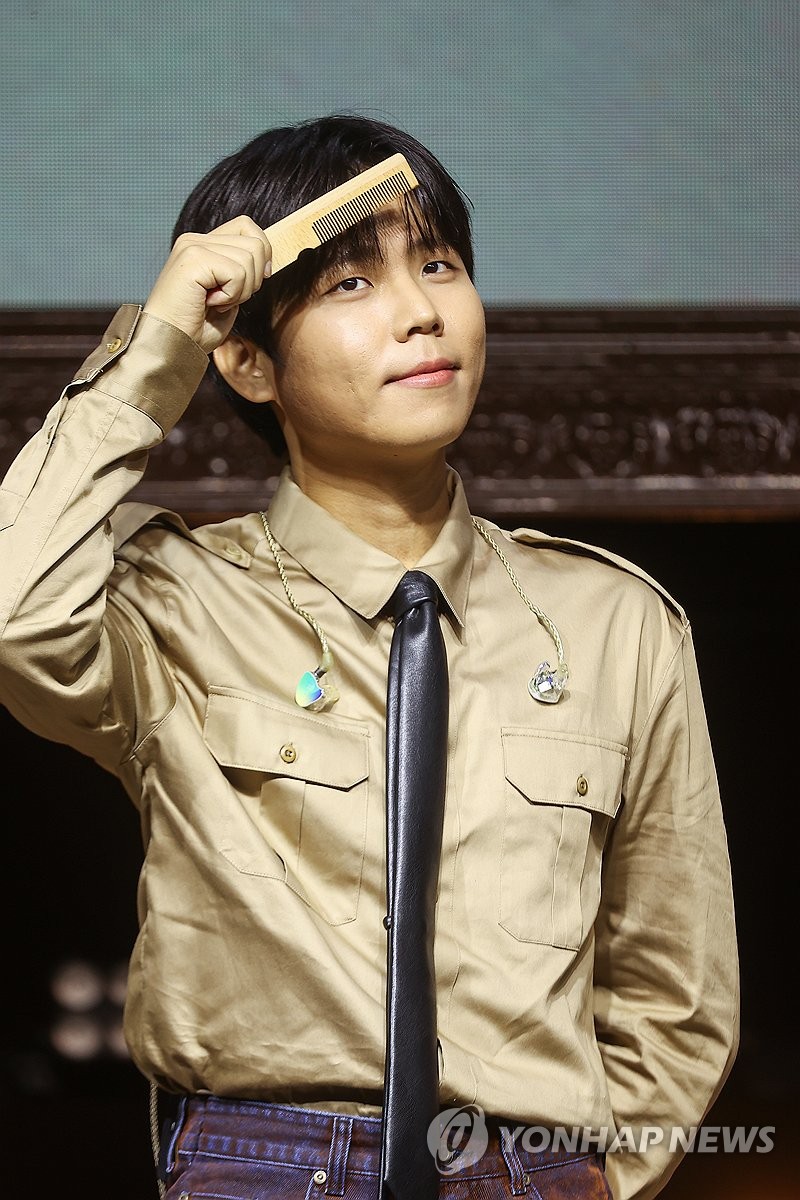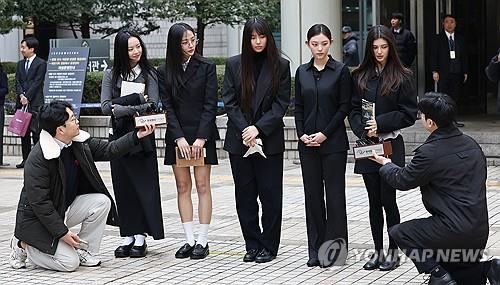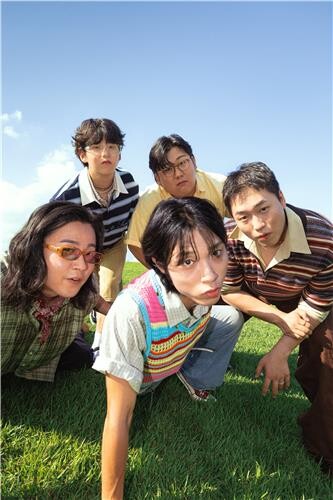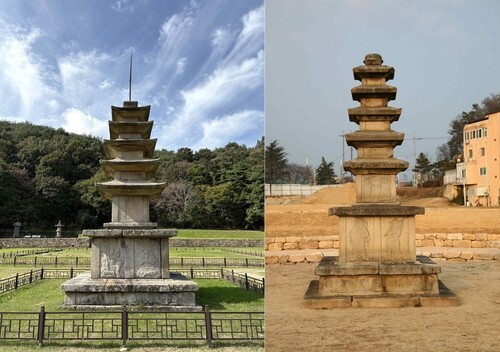 |
| ▲ Two pagodas slated for National Treasure designation — the Five-Story Stone Pagoda at Bowonsa Temple Site in Seosan (L) and the Five-Story Stone Pagoda at Gaesimsa Temple Site in Yecheon. Photo courtesy of the Korea Heritage Service (KHS). (PHOTO NOT FOR SALE) (Yonhap) |
SEOUL,
Oct. 30 (Yonhap) --
The “Five-Story Stone Pagoda at Bowonsa Temple Site in Seosan” and the “Five-Story Stone Pagoda at Gaesimsa Temple Site in Yecheon,” both listed as treasures in 1963, will be elevated to national treasure status after 62 years.
Bowonsa Temple in Seosan is believed to have been built between the late Unified Silla and early Goryeo periods. Although no detailed historical records survive, it is known that during the monk Tanmun’s lifetime (900–974), a pagoda and a Buddha statue were created for King Gwangjong (r. 949–975). Based on its construction techniques and style, the pagoda is estimated to date to the mid-10th century.
The pagoda is regarded for its grandeur and stability. The lower base features detailed carvings of lions symbolizing the spread of Buddha’s teachings, while the upper base bears sculptures of the eight guardian deities.
“The structure reflects the relationship between the Goryeo royal family and Buddhism,” the agency said, “demonstrating the continuity of late Unified Silla techniques along with innovations unique to the Goryeo era.”
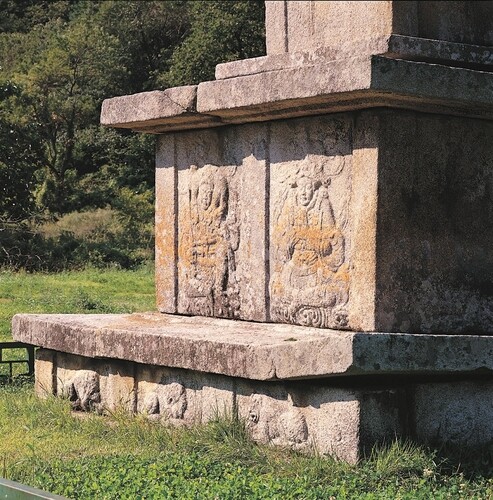 |
| ▲ The base section of the Five-Story Stone Pagoda at Bowonsa Temple Site in Seosan. Photo courtesy of the Korea Heritage Service (KHS). (PHOTO NOT FOR SALE) (Yonhap) |
The “Five-Story Stone Pagoda at Gaesimsa Temple Site in Yecheon,” built in 1011, provides an even clearer historical record. An inscription of about 190 characters details the pagoda’s construction timeline and social context at the time:
“In 1010, construction began, and stone carving started on February 1. From March 3, six teams from the Gwanggunsa Office, 1,000 oxen, and 10,000 monks and laborers worked together under the supervision of about 50 artisans and officials. The pagoda was completed on April 8, 1011.”
The carvings on its base and body also hold high artistic value.
The Korea Heritage Service described the two pagodas as “key reference points for dating and classifying the stylistic development of Goryeo-era stone pagodas.”
Following a 30-day public review period, the agency will finalize the designation after deliberation by the Cultural Heritage Committee.
Four additional artifacts were newly designated as treasures, including “Five Hundred Arhats of Goryeo,” a Buddhist painting believed to have been produced during the Mongol invasions of the 13th century. The painting depicts enlightened disciples of the Buddha and is valued for its “refined artistry and profound spiritual quality characteristic of Goryeo Buddhist art.”
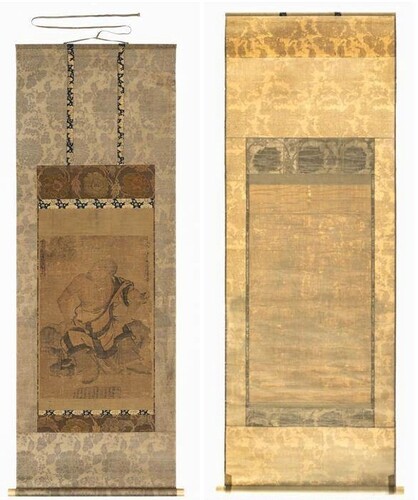 |
| ▲ The “Five Hundred Arhats of Goryeo,” designated as a Treasure. Photo courtesy of the Korea Heritage Service (KHS). (PHOTO NOT FOR SALE) (Yonhap) |
Other items designated as treasures include a portable sundial, or “Angbu Ilgu,” inscribed with the year 1908, crafted by Kang Mun-su of the Jinju Kang family known for making sundials; the poetry anthology “Collected Works of Yu Hang” by late Goryeo scholar Han Su (1333–1384); and the 16th-century clay sculpture “Seated Amitabha Buddha of Biam Temple in Sejong.”
In addition, the “Sujeong Mountain Fortress” in Geoje, believed to have been built by local residents to defend against foreign invasions, has been designated a historic site. Standing 143 meters above sea level, the fortress is considered an important example of the evolution of Korean fortification techniques from the Three Kingdoms period to the late Joseon Dynasty.
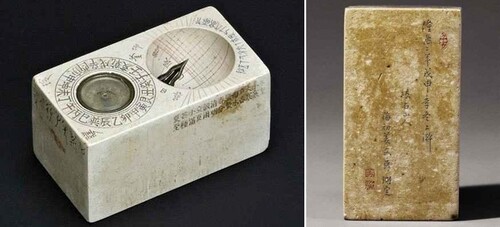 |
| ▲ The portable sundial “Angbu Ilgu,” newly designated as a Treasure. Photo courtesy of the Korea Heritage Service (KHS). (PHOTO NOT FOR SALE) (Yonhap) |
(C) Yonhap News Agency. All Rights Reserved








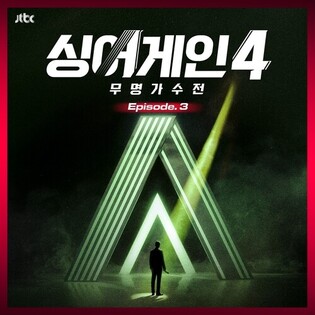



![[가요소식] 임영웅, '들꽃이 될게요' 뮤직비디오 공개](https://korean-vibe.com/news/data/20251030/yna1065624915911242_802.jpg)

